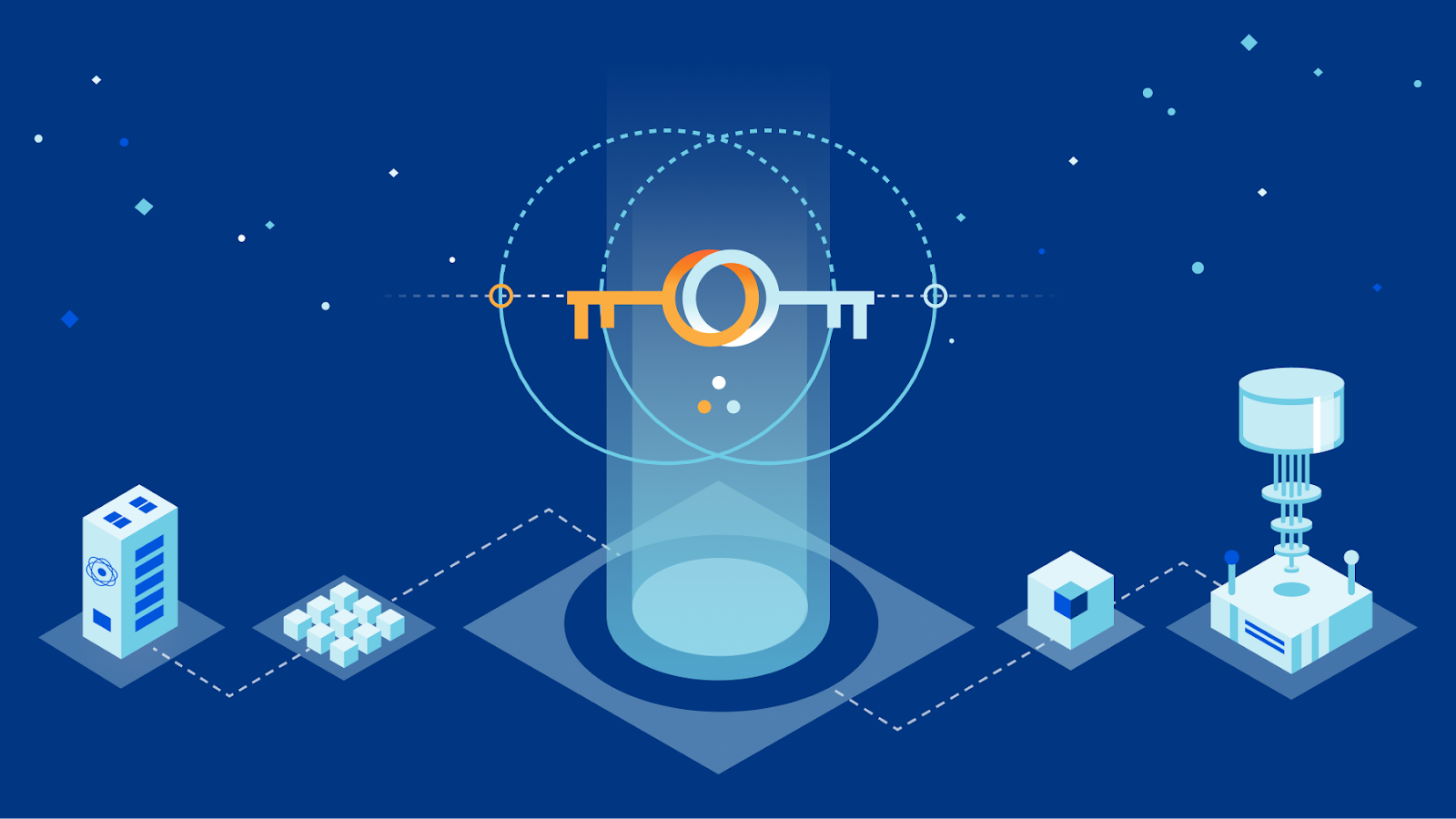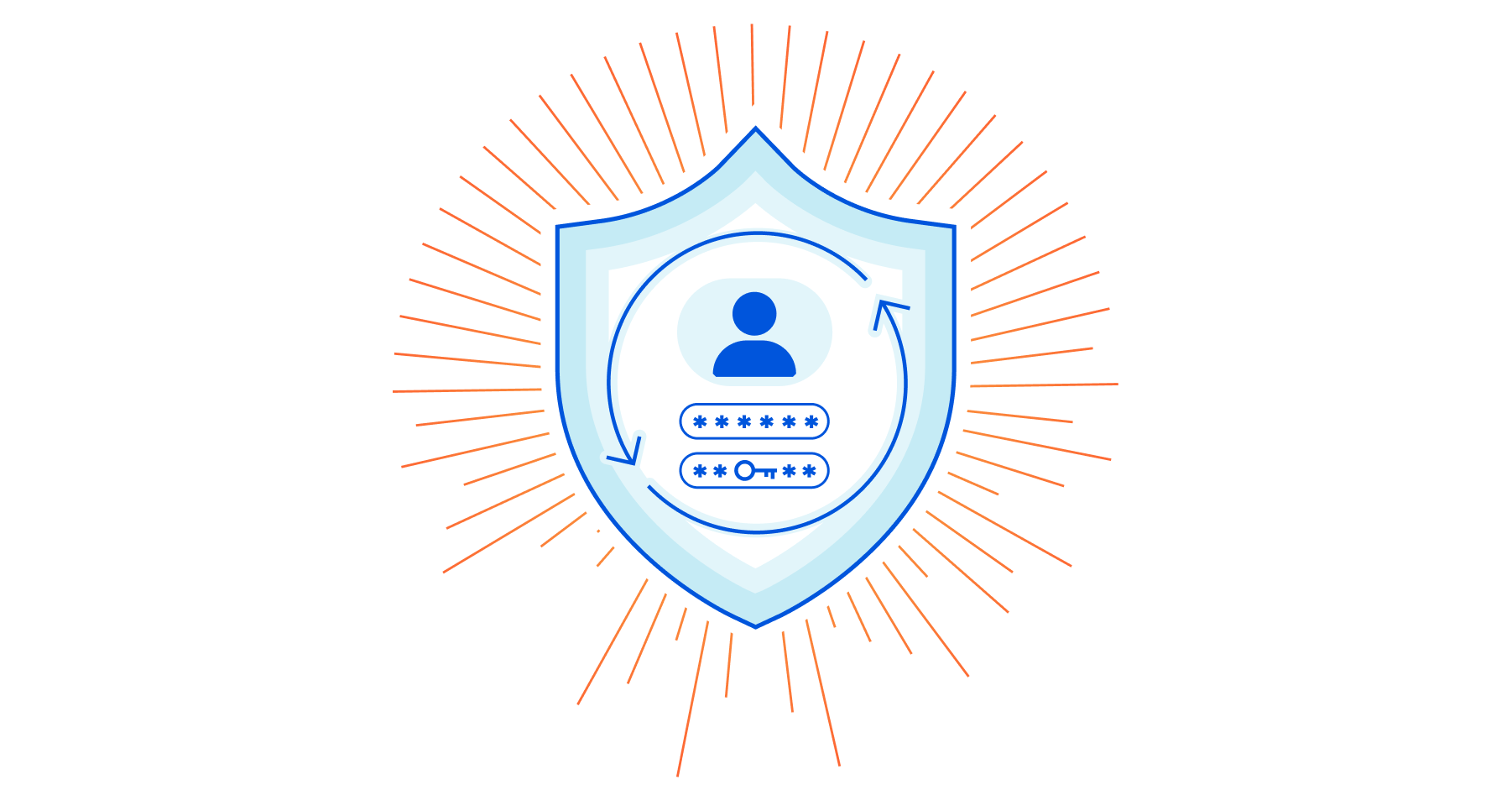Author Archives: Luke Valenta
Author Archives: Luke Valenta
Here at Cloudflare, we frequently use and write about data in the present. But sometimes understanding the present begins with digging into the past.
We recently learned of a 2024 turkmen.news article (available in Russian) that reports Turkmenistan experienced “an unprecedented easing in blocking,” causing over 3 billion previously-blocked IP addresses to become reachable. The same article reports that one of the reasons for unblocking IP addresses was that Turkmenistan may have been testing a new firewall. (The Turkmen government’s tight control over the country’s Internet access is well-documented.)
Indeed, Cloudflare Radar shows a surge of requests coming from Turkmenistan around the same time, as we’ll show below. But we had an additional question: Does the firewall activity show up on Radar, as well? Two years ago, we launched the dashboard on Radar to give a window into the TCP connections to Cloudflare that close due to resets and timeouts. These stand out because they are considered ungraceful mechanisms to close TCP connections, according to the TCP specification.
In this blog post, we go back in time to share what Cloudflare saw in connection resets and timeouts. We must remind our readers that, as passive observers, Continue reading
Organizations have finite resources available to combat threats, both by the adversaries of today and those in the not-so-distant future that are armed with quantum computers. In this post, we provide guidance on what to prioritize to best prepare for the future, when quantum computers become powerful enough to break the conventional cryptography that underpins the security of modern computing systems. We describe how post-quantum cryptography (PQC) can be deployed on your existing hardware to protect from threats posed by quantum computing, and explain why quantum key distribution (QKD) and quantum random number generation (QRNG) are neither necessary nor sufficient for security in the quantum age.
“Quantum” is becoming one of the most heavily used buzzwords in the tech industry. What does it actually mean, and why should you care?
At its core, “quantum” refers to technologies that harness principles of quantum mechanics to perform tasks that are not feasible with classical computers. Quantum computers have exciting potential to unlock advancements in materials science and medicine, but also pose a threat to computer security systems. The term Q-day refers to the day that adversaries possess quantum computers that are large and stable enough to Continue reading
Any public certification authority (CA) can issue a certificate for any website on the Internet to allow a webserver to authenticate itself to connecting clients. Take a moment to scroll through the list of trusted CAs for your web browser (e.g., Chrome). You may recognize (and even trust) some of the names on that list, but it should make you uncomfortable that any CA on that list could issue a certificate for any website, and your browser would trust it. It’s a castle with 150 doors.
Certificate Transparency (CT) plays a vital role in the Web Public Key Infrastructure (WebPKI), the set of systems, policies, and procedures that help to establish trust on the Internet. CT ensures that all website certificates are publicly visible and auditable, helping to protect website operators from certificate mis-issuance by dishonest CAs, and helping honest CAs to detect key compromise and other failures.
In this post, we’ll discuss the history, evolution, and future of the CT ecosystem. We’ll cover some of the challenges we and others have faced in operating CT logs, and how the new static CT API log design lowers the bar for operators, helping to ensure that Continue reading
Cloudflare handles over 60 million HTTP requests per second globally, with approximately 70% received over TCP connections (the remaining are QUIC/UDP). Ideally, every new TCP connection to Cloudflare would carry at least one request that results in a successful data exchange, but that is far from the truth. In reality, we find that, globally, approximately 20% of new TCP connections to Cloudflare’s servers time out or are closed with a TCP “abort” message either before any request can be completed or immediately after an initial request.
This post explores those connections that, for various reasons, appear to our servers to have been halted unexpectedly before any useful data exchange occurs. Our work reveals that while connections are normally ended by clients, they can also be closed due to third-party interference. Today we’re excited to launch a new dashboard and API endpoint on Cloudflare Radar that shows a near real-time view of TCP connections to Cloudflare’s network that terminate within the first 10 ingress packets due to resets or timeouts, which we’ll refer to as anomalous TCP connections in this post. Analyzing this anomalous behavior provides insights into scanning, connection tampering, DoS attacks, connectivity issues, and other behaviors.
On August 13th, 2024, the US National Institute of Standards and Technology (NIST) published the first three cryptographic standards designed to resist an attack from quantum computers: ML-KEM, ML-DSA, and SLH-DSA. This announcement marks a significant milestone for ensuring that today’s communications remain secure in a future world where large-scale quantum computers are a reality.
In this blog post, we briefly discuss the significance of NIST’s recent announcement, how we expect the ecosystem to evolve given these new standards, and the next steps we are taking. For a deeper dive, see our March 2024 blog post.
Cryptography is a fundamental aspect of modern technology, securing everything from online communications to financial transactions. For instance, when visiting this blog, your web browser used cryptography to establish a secure communication channel to Cloudflare’s server to ensure that you’re really talking to Cloudflare (and not an impersonator), and that the conversation remains private from eavesdroppers.
Much of the cryptography in widespread use today is based on mathematical puzzles (like factoring very large numbers) which are computationally out of reach for classical (non-quantum) computers. We could likely continue to use traditional cryptography for decades to Continue reading

On August 13th, 2024, the US National Institute of Standards and Technology (NIST) published the first three cryptographic standards designed to resist an attack from quantum computers: ML-KEM, ML-DSA, and SLH-DSA. This announcement marks a significant milestone for ensuring that today’s communications remain secure in a future world where large-scale quantum computers are a reality.
In this blog post, we briefly discuss the significance of NIST’s recent announcement, how we expect the ecosystem to evolve given these new standards, and the next steps we are taking. For a deeper dive, see our March 2024 blog post.
Cryptography is a fundamental aspect of modern technology, securing everything from online communications to financial transactions. For instance, when visiting this blog, your web browser used cryptography to establish a secure communication channel to Cloudflare’s server to ensure that you’re really talking to Cloudflare (and not an impersonator), and that the conversation remains private from eavesdroppers.
Much of the cryptography in widespread use today is based on mathematical puzzles (like factoring very large numbers) which are computationally out of reach for classical (non-quantum) computers. We could likely continue to use traditional cryptography for decades to Continue reading


Today we’re announcing a public demo and an open-sourced Go implementation of a next-generation, privacy-preserving compromised credential checking protocol called MIGP (“Might I Get Pwned”, a nod to Troy Hunt’s “Have I Been Pwned”). Compromised credential checking services are used to alert users when their credentials might have been exposed in data breaches. Critically, the ‘privacy-preserving’ property of the MIGP protocol means that clients can check for leaked credentials without leaking any information to the service about the queried password, and only a small amount of information about the queried username. Thus, not only can the service inform you when one of your usernames and passwords may have become compromised, but it does so without exposing any unnecessary information, keeping credential checking from becoming a vulnerability itself. The ‘next-generation’ property comes from the fact that MIGP advances upon the current state of the art in credential checking services by allowing clients to not only check if their exact password is present in a data breach, but to check if similar passwords have been exposed as well.
For example, suppose your password last year was amazon20\$, and you change your password each year (so your current password is amazon21\$). Continue reading